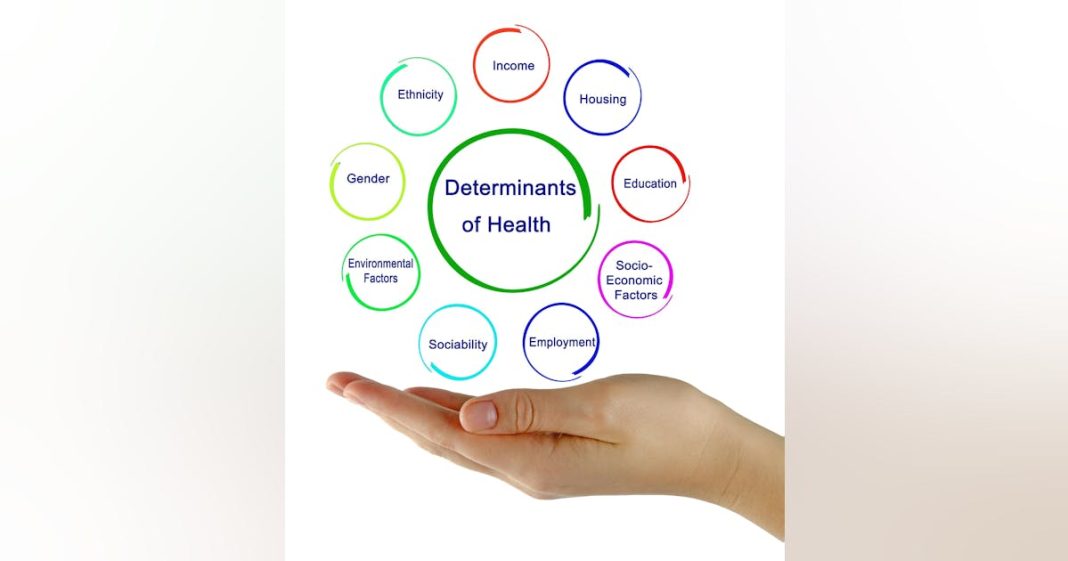A task force of the EHR Association has made recommendations for how social determinants of health (SDOH) data should be captured in electronic health records.
The association’s Social Determinants of Health and Health Equity Task Force’s recently published “Recommendations for Determinant Capture,” notes that there is currently a lack of consensus around which SDOH domains should be assessed by healthcare providers and a standardized approach to capturing the necessary information.
In fact, as inpatient organizations prepare to start reporting on patient screenings for social determinants in 2024, the EHR Association advises that CMS consider postponing this requirement. “This delay would allow for sufficient time to gather insights and learn from industry practices,” the task force said.
“The lack of uniformity in prioritizing and defining social risk domains by different stakeholders results in the absence of a consistent, universally agreed-upon, and prioritized list of domains appropriate for assessment by providers,” the task force wrote. “This inconsistency often leads to overlapping domains, complicating the exchange and interpretation of this data. The absence of clear guidelines for risk assessment and standardized representation of risks in EHRs hinders effective data exchange to inform interactions at the point of care.”
The white paper also says the issue is made more complicated because regulatory agencies aren’t operating in sync, and because there is a growing proliferation of terminology. “To effectively respond to evolving policy-making, the industry must align on a standardized approach for representing risk and agree on which risks are prioritized for collection and analysis.”
The white paper proposes several recommendations that it says would provide a reasonable path forward for EHR developers and the healthcare industry:
• EHRs should standardize how they represent domain risk. (At a minimum, an EHR should be able to indicate whether a patient was assessed for a domain risk, whether that risk is present, and the method of assessment if a standardized instrument or questionnaire was used.)
• The standards industry should determine how domain risk is represented in data exchange.
• The healthcare community should list and prioritize which domains should be assessed. (The EHR Association said it recognizes the work of the HL7 Gravity Project in establishing a comprehensive list of standardized domains. It endorses this list as a foundational guide for healthcare organizations and regulatory agencies in determining essential domains for regular assessment. Should the industry determine that new domains should be assessed, it urges collaboration with the Gravity Project for inclusion in their master list.)
The EHR Association said that an effective approach must facilitate the sharing and exchange of social risk data. Information captured in one system should be seamlessly exchangeable with another, enhancing value at the point of care, the white paper said.
The white paper warns against mandating extensive screening for every organization, because it could place an excessive burden on clinicians, particularly in settings where resources like case workers and social workers are limited.
“The suggested approach is designed to accommodate a gradual transition toward more widespread adoption of standardized screeners, in sync with the industry’s evolution and readiness to adopt these tools,” the Task Force said.







